How to choose an engagement ring
Finding the perfect diamond engagement ring to propose to your partner can seem overwhelming, especially with all the different choices and terminology. With diamond cut, carat, clarity, colour, shape, metal – there are a number of things to think about.
Not everyone has a natural eye for spotting the right engagement ring, but don’t worry! You can find out how to choose an engagement ring in our handy guide.
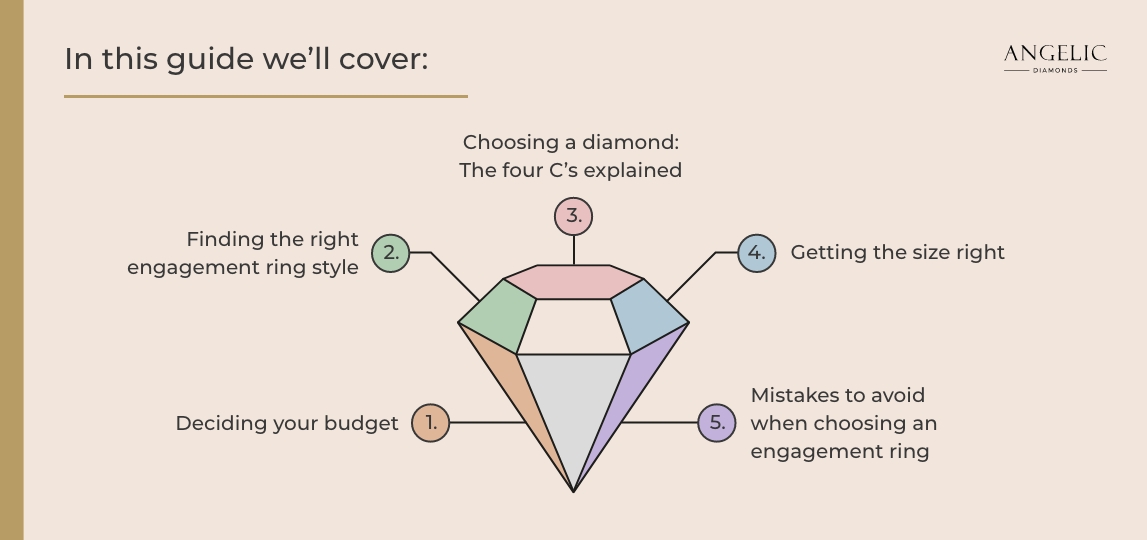
Let’s get started…
Step 1: Set a budget
When choosing an engagement ring, it’s easy to be dazzled by the sparkle and shine. Before you know it, you’ve fallen for a ring that’s out of your price range. Save yourself the heartbreak and decide how much you have to spend on an engagement ring before you start shopping.
As well as a ballpark figure of how much you’d like to spend on the ring in total, it’s wise to know how much you can afford to pay monthly and as a deposit, if you decide to opt for an engagement ring on finance.
How much should you spend on an engagement ring?
The average engagement ring costs £1,455 yet our survey found that Brits can only afford to spend up to £891 on a ring. That’s around 45% of the average UK monthly salary. You can read more of our findings in our guide to how much you should spend on an engagement ring.
The above figures should be used as a guide only. Ultimately, there is no definitive answer to exactly how much you should spend on an engagement ring. Choose a ring based on your budget and how much you can afford, and not to follow a standard set by society.
After all, an engagement ring acts as a symbol of the commitment you and your partner have to each other, so the price of the piece shouldn't be what counts.
Step 2: Decide between a lab-grown or natural diamond
Advances in technology mean you now have the choice between a lab-grown or natural diamond. Generally speaking, natural diamonds are worth more than lab-grown diamonds. This is because real diamonds are rarer and take a very long period to be mined.
However, lab-grown diamonds are just as real as mined diamonds. They have shape, size, colour, and clarity grades, and are made of the same physical and chemical properties. You can also get diamond certifications with a lab-grown diamond for a cheaper price.
Which you choose is entirely a personal choice. You can find out more in our lab-grown diamonds guide.
Step 3: Choose an engagement ring style
Choosing an engagement ring style is probably the most intimidating part of the process. However, it doesn’t need to be! Remember, you know your partner very well, so reflect on what you already know about them. Ask yourself:
- What sort of jewellery do they already wear? For example, do they tend to wear gold jewellery or do they wear silver-tone jewellery more?
- How bold is their jewellery – do they opt for subtle or statement pieces?
- Do they keep up with fashion trends or do they stick with what they know and like?
And if you’re still unsure, you can ask your partner’s friends and family for some tips.
There is a wide range of diamond engagement ring styles to choose from, with each one being incredibly different from the other. Some are timeless and choices you can’t go wrong with, whereas others are more eye-catching and bolder.
What shape engagement ring should I get?
You can find out more about the different engagement ring shapes in our guide. We’ve also provided an overview of some of the most popular diamond shapes and their benefits below:
Round diamonds have the optimum amount of facets for sparkle
The round diamond is one of the most popular engagement rings to opt for. Despite being cut into a shallower structure than other rings, the shape’s 58 diamond facets are designed to reflect the light and make the sparkle more intense than other shapes. It is the sparkle of the diamond that makes it appear bigger.
A solitaire round diamond is simple and classic, so it’s perfect if your partner prefers timeless style while still wanting to wow with maximum sparkle.
Marquise diamonds give the illusion of a bigger diamond
Marquise diamonds have a thinner and more elongated shape. Their long shape gives the illusion that the diamond is bigger than it actually is. Although typically crafted together with a solitaire setting, you could opt to add extra accent stones to enhance how sparkly it is too.
Because of their larger appearance, a marquise diamond is a great shape to choose if your partner prefers bolder jewellery.
The emerald shape sparkles in a unique way
Emerald-shaped diamonds sparkle in a different way from other shapes, featuring an elongated shape with a large open table. It speaks volumes in terms of vintage and is ideal for someone who has a unique style to the norm.
Step 4: Consider the four C’s
The four C’s (carat, colour, clarity and cut) are important to consider when it comes to choosing a diamond, regardless of the shape. Diamonds are graded against these four criteria to indicate the quality of the stone.
The quality of the diamond in your chosen engagement ring is important, as it determines the overall shine, sparkle and ultimate wow factor the ring has. However, that doesn’t mean you need to choose the highest-grade diamond; as we’ll explain, there are some compromises you can make to ensure you stay within your budget, without dramatically changing the overall appearance of your ring.
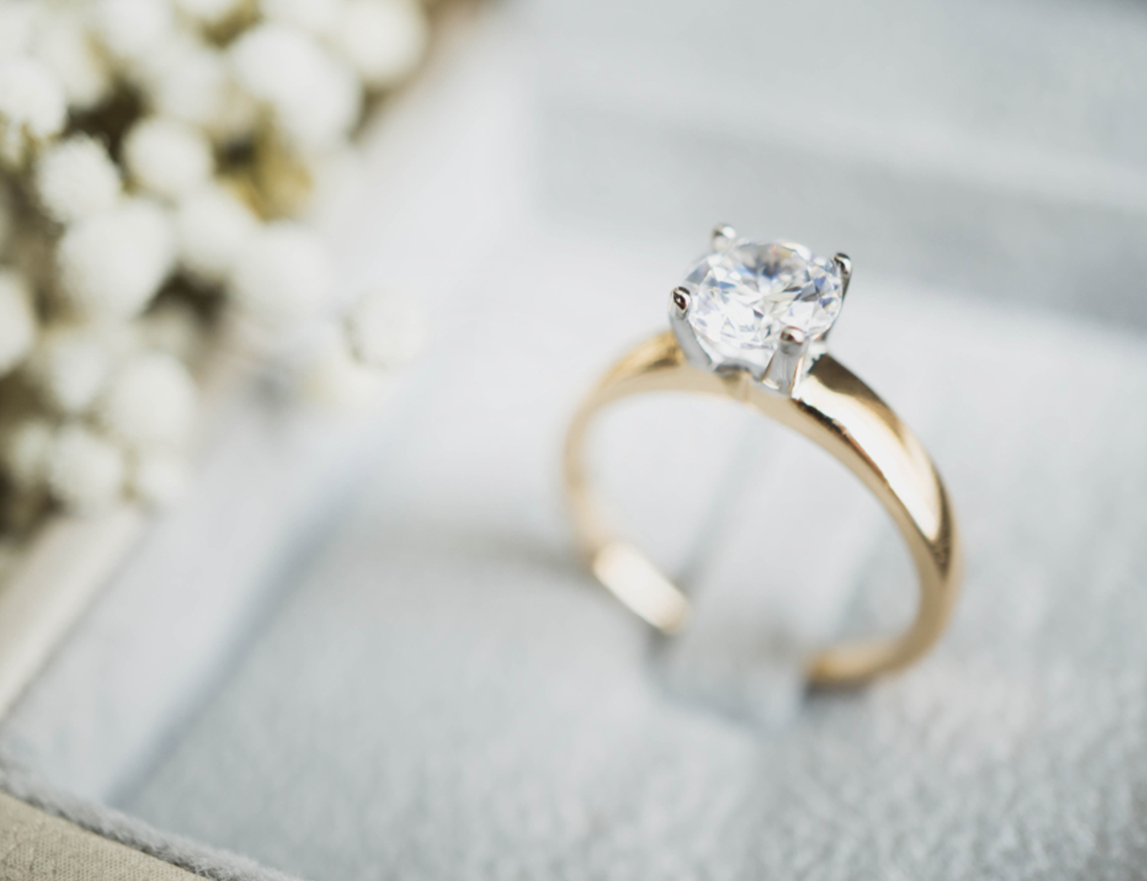
Which diamond cut should I choose?
The diamond cut determines how much it will sparkle (also known as scintillation). Diamond cut is often confused with the diamond shape, but cut refers to how well the diamond has been shaped from the original rough stone. Shape, on the other hand, refers to the shape of the outline of the diamond, such as round, square etc.
Diamond cut is graded from Excellent Cut to Fair Cut. Excellent Cut diamonds are the best available and showcase perfectly proportioned stones for maximum brilliance and shine. They are very rare and have a premium price to go with them.
We recommend choosing the diamond cut based on what falls comfortably into your budget and considering how important this sort of thing is to your partner. Would they rather have a more expensive cut with a cheaper shape or vice versa?
At Angelic Diamonds, we offer three different cut grades of diamonds; good, very good and excellent. Find out more in our diamond cut education guide.
What is a good carat size for an engagement ring?
Carat is a term to describe the weight of the diamond. The larger the carat, the weightier the diamond is. However, a larger carat doesn’t mean the diamond will be bigger, simply heavier.
The average carat size of an engagement ring in the UK is between 0.5 and 1 carat. You may choose a larger or smaller carat than this depending on the type of ring you’re looking for.
In our diamond carat guide, you can use our interactive diamond carat size tool to find out how different diamond carats will look on a finger. Choose from different carats, shapes and settings to better visualise how your chosen ring could look.
Which diamond clarity should I choose?
Because most diamonds are formed naturally under the earth’s crust, small imperfections - known as inclusions or blemishes - can sometimes be found.
Diamond clarity is a way of grading the number, size and position of the natural imperfections a diamond has, and establishing how it impacts the overall quality of the diamond.
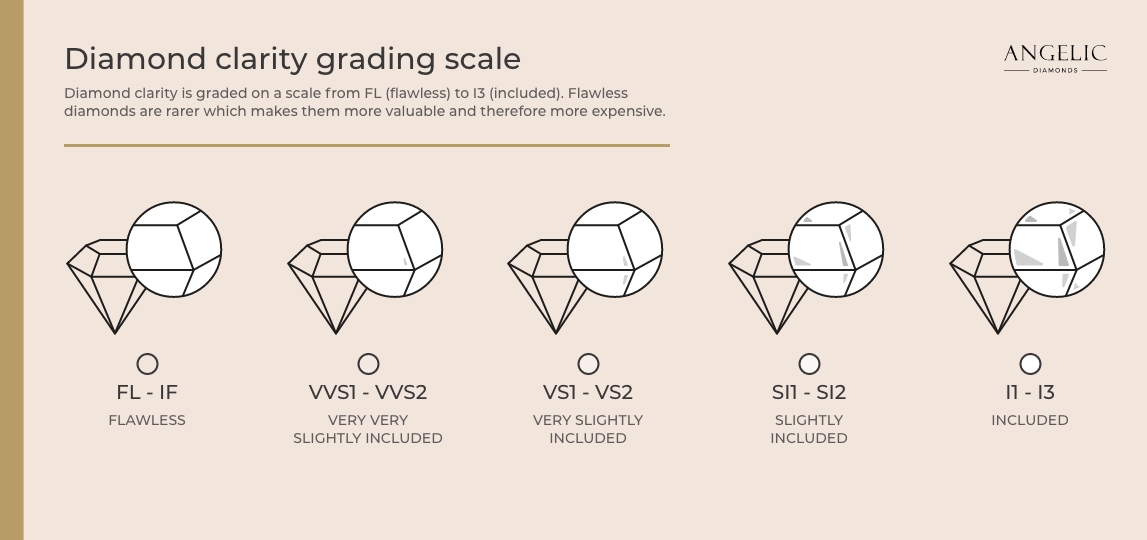
The grading scale ranges from FL (the diamond has no inclusions or imperfections) to I3 (the diamond has inclusions that are visible to the naked eye). Learn more in our guide to diamond clarity.
When it comes to which diamond clarity to choose, this is all based on your partner’s personal jewellery preferences:
- For those who want a subtle and discreet jewellery piece, a 0.30/VS1 clarity-sized engagement ring will satisfy exactly that.
- For a big and bold look that screams luxury, a 2.00/VVS2 clarity size is ideal.
- For a more classical ring that ‘looks the part’ for the perfect engagement ring, a 1.00/VS2 clarity size achieves this well.
Which colour diamond is best?
Diamond colour refers to how white it is – ironically, it actually describes the diamond’s lack of colour. A diamond rated D has the least amount of colour and is the more expensive option whereas Z has the most yellow.
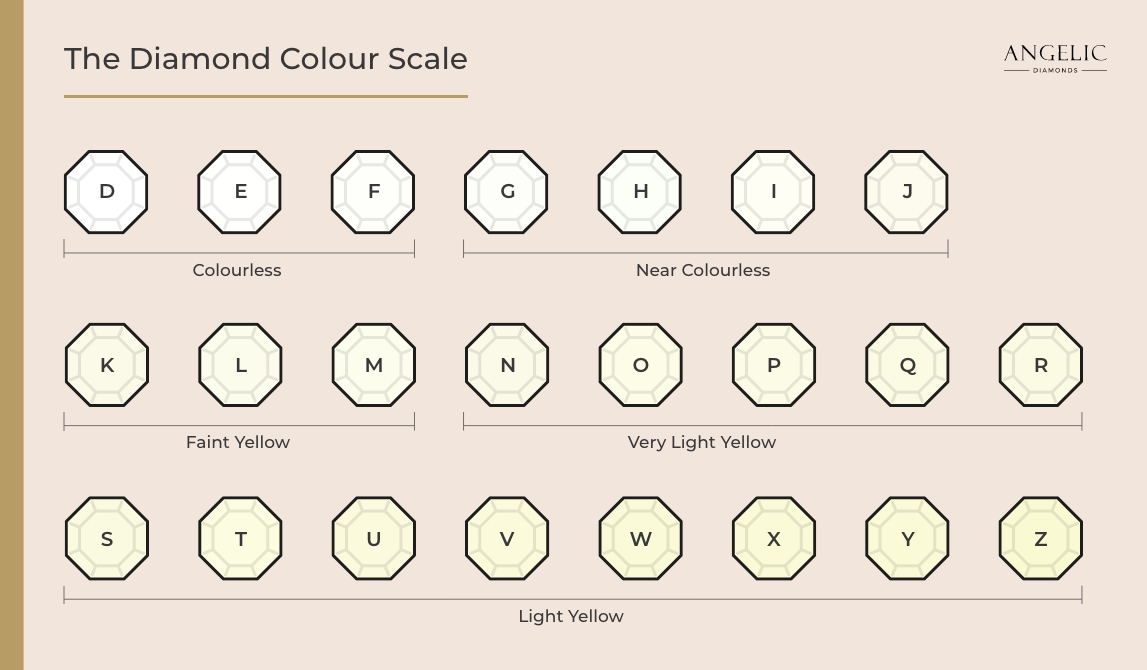
Some people don’t mind a hint of yellow, so a colour H-graded diamond would be suitable. Some however would much prefer a white diamond, so we’d recommend colour F as a minimum. Again, you should always choose what you can afford.
You may also want to consider the style of your chosen engagement ring. For example, if you choose a diamond with more colour for a solitaire ring, it will be less noticeable to the naked eye than if it was surrounded by smaller, colourless stones.
Step 5: Decide on the metal type
As with the rest of the choosing an engagement ring process, you’re spoilt for choice when it comes to the metal of the ring and stone setting. The good news is there is something for everyone but as well as choosing based on aesthetics, you should also consider practicality.
Making an aesthetic choice
You should consider other metals they have in their jewellery box – an engagement ring that matches the rest of their collection is a good direction to go.
While yellow gold is an incredibly popular choice today, don’t let tradition restrict your engagement ring decisions. For a rather unusual and unique ring, rose gold is incredibly romantic. For a modern and timeless colour, white gold, platinum, and palladium metals are great choices.
Making a practical choice
You should also consider how active they are with their hands and if they’d be wearing their ring every day. 9K metals are more durable than 18K metals because they have been mixed with alloy metals for strength. While 18K metals are purer in gold, they are softer. We recommend 9K if they work with their hands a lot.
Platinum is an extremely durable metal while palladium is extremely tarnish resistant.
Step 6: Get the size right
Choosing the right size is one of the biggest challenges for hopeful fiancés; your partner’s ring size is probably something you’ve never considered before! One of the easiest ways to get an idea of their ring size is by measuring a ring they already have (and ideally wear on their fourth finger).
You can find more tips on how to discreetly measure your partner's ring size in our guide, as well as how a ring should fit in our ring resizing guide. If you’re totally stuck, you can't go wrong with asking friends and family.
If you don't know their exact size, don't worry, you can resize engagement rings. Aim to size up rather than go for a smaller size. This is because a larger ring is easier for jewellers to resize without straining the metal.
What to avoid when buying an engagement ring
The five steps above show you how to choose an engagement ring but what shouldn’t you do?
Being nervous about proposing and not entirely sure of your partner’s jewellery preferences can make engagement ring shopping a nightmare. It also means you’re likely to make a couple of mistakes along the way. Here are five mistakes people make when buying an engagement ring.
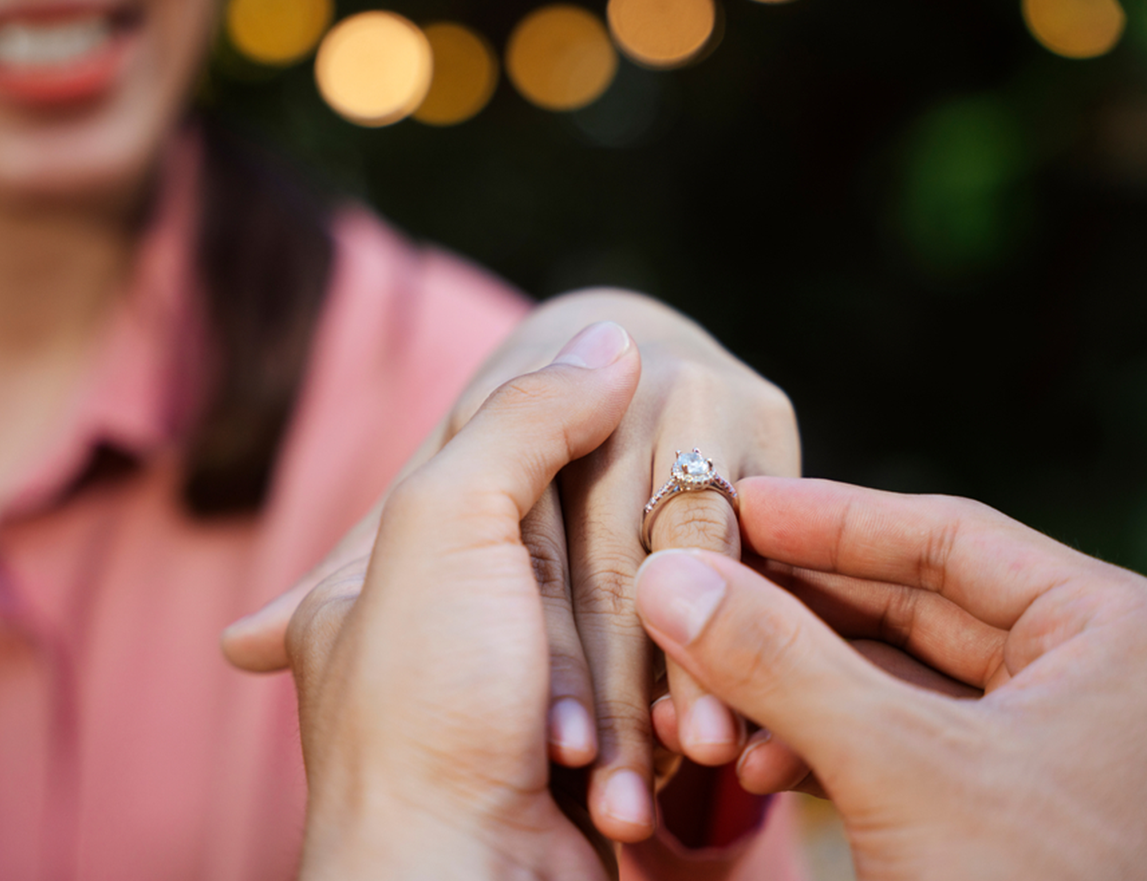
Mistake 1: Rushing your decision
You may think that the sooner you buy an engagement ring, the sooner you can propose and start enjoying married life together. But rushing to make your purchase will only result in silly mistakes that could have been prevented.
Avoid buyer’s remorse by taking your time to find the right engagement ring. Do your research, consider multiple options, and compare different styles. If you choose the first ring you see, you may miss out on the perfect one.
Mistake 2: Not asking for help
Even if you’ve got a pretty good idea of the type of jewellery your partner likes, you should always ask some of the people closest to them what they think. They may have some ideas you never considered before.
Send their best friend some pictures of rings and find out which one they think your partner would like.
Mistake 3: Ignoring lab-grown diamonds
Not too long ago, the only way you could get your hands on a diamond was if you paid a high price tag for a natural diamond mined from the earth. Now, you can save even more money if you opt for a lab-grown diamond.
Lab-grown diamonds are visually, chemically, and physically identical to mined diamonds. The only differences are that they were made in a lab and they’re cheaper than their natural counterparts. If you’re looking for a diamond engagement ring, it would be foolish to exclude lab-grown diamonds from your search.
Mistake 4: Forgetting about other gemstones
A ring doesn’t have to feature a diamond for you to be able to propose with it. If your partner likes colourful jewellery, consider getting them an engagement ring with different gemstones.
Pink and blue sapphires, green emeralds, and red rubies are all dazzling ways to jazz up an ordinary ring. They’re cheaper than diamonds, too, so you can put a little more money toward your honeymoon fund.
Mistake 5: Thinking expensive is best
Another mistake many people make is thinking that the more expensive the ring is, the better your partner will like it. Remember, most partners won’t know how much their other half spent on an engagement ring. Many will decide whether they like the ring based on its appearance alone.
While you should always have a budget in mind, you should choose an engagement ring based on what you think your partner will like and not based on the price tag alone.
If you don’t know where to get started choosing the perfect engagement ring, get in touch or visit us in our showroom. We’ve helped countless people choose and design rings they know their partners will love, and we’re more than happy to help you pick out the perfect ring.
We even have advice on planning the perfect proposal to help you with the next step too!
You May Also Like
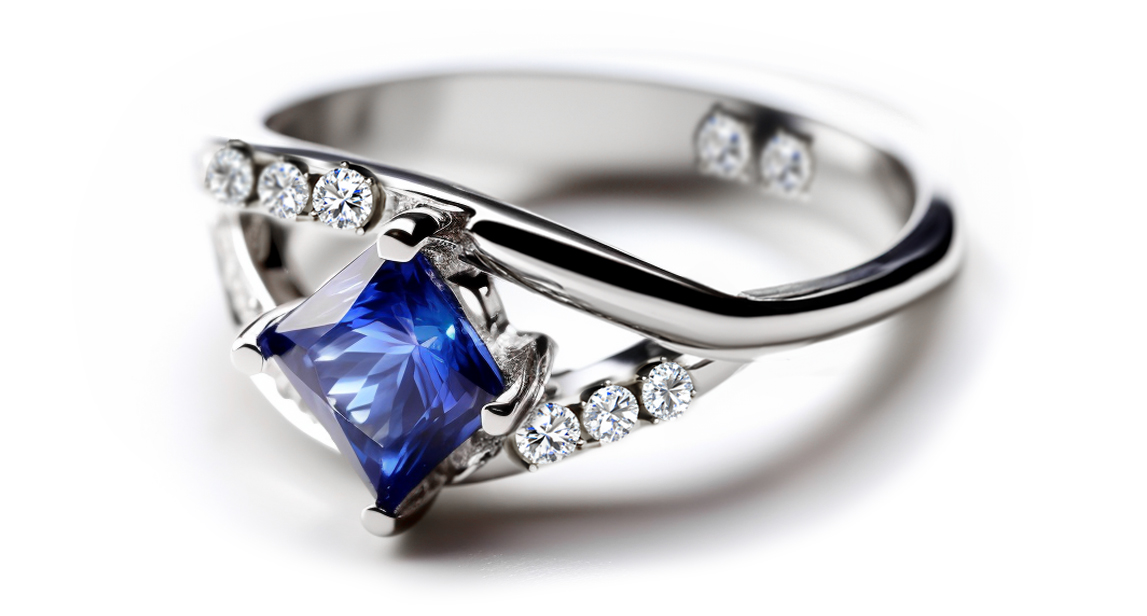
Princess Diana's engagement ring reimagined
The Crown is entering its final season and is bowing out with a series ...
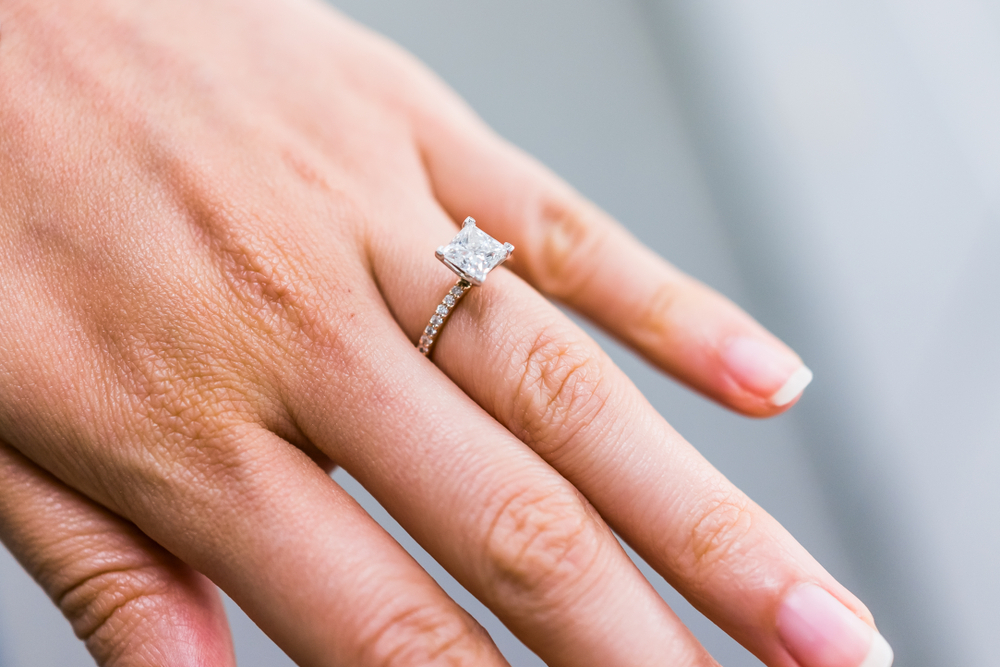
Engagement ring resizing guide
Even with the most stealthy ring finger measurements before you buy, t ...
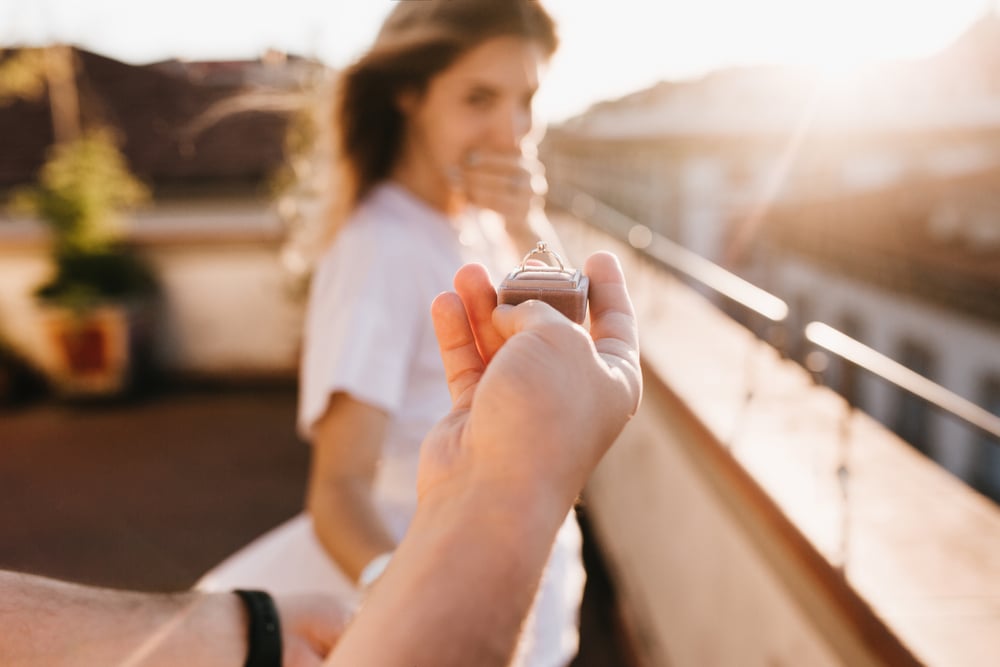
Who should keep the engagement ring in the event ...
Breakups are certainly hard. They can be even harder when it involves ...
